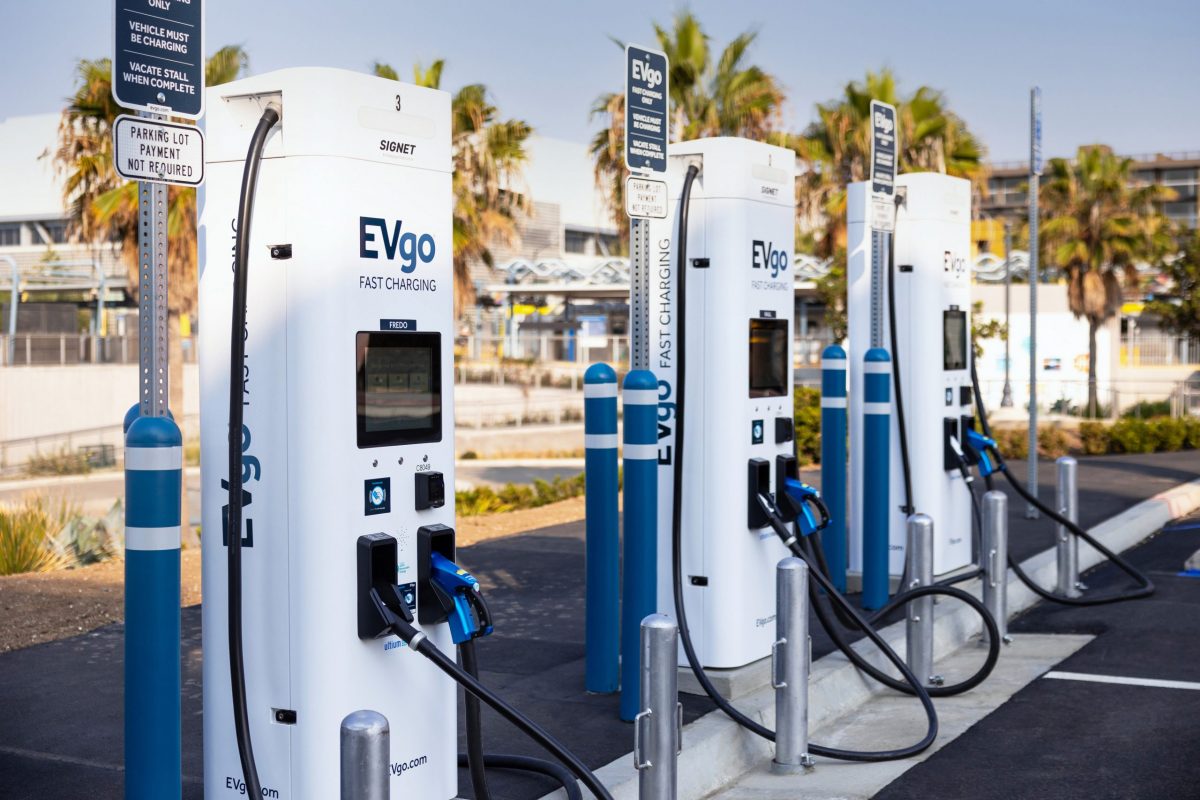According to a recent survey by KPMG International, OEMs are more hopeful that emerging markets will drive global demand for their products in the coming years. Many automotive manufacturing organisations have focused recently on becoming leaner and more efficient overall, and are now poised for growth.
Manufacturers are prioritising exports to emerging markets and working via new channels, such as social media. To achieve this, 57% of survey respondents suggested their business models will need to change over the next 12-24 months.
Vehicle manufacturers are rethinking the internet as a direct sales channel; concurrently, the traditional dealer networks are increasingly being seen as an expensive channel through which to market.
Premium OEMs have found their products selling well in emerging markets, particularly in China, where the middle class is forecast to grow at double-digit rates for the next decade, giving manufacturers and their suppliers the confidence to invest.
Social media is being increasingly used by automotive manufacturers as a sales and marketing tool. New car launches generate huge interest to millions worldwide and OEMs are using social tools to offer discounts and incentives. Vehicle manufacturers are rethinking the internet as a direct sales channel; concurrently, the traditional dealer networks are increasingly being seen as an expensive channel through which to market.
OEMs are also are driving profits through the rationalisation of their operations: 54% admit that they will look to exit unprofitable product lines and locations over the next two years. Premium OEMs such as BMW are increasingly considering a near-shoring strategy for production, with plant capacities mirroring expected sales on a continent-by-continent basis. Volume vehicle manufacturers, notably Ford, are still working towards a low-cost, single-global platform strategy.
Global manufacturers are entering a new era of transformation characterised by a two-pronged approach to innovation: product lines are being extended and enhanced, for example, through internet connectivity in cars, while increased model segmentation allows OEMs to focus on niche customer groups and semi-autonomous driving technology. Manufacturers are further cutting costs through process innovation and investment in cyber-physical systems such as increasingly intelligent robots and flexible car production lines.
With 61% of survey respondents indicating that supply chain collaboration and transparency will make a significant contribution to profits going forward, we can expect to see some radical changes in the business models of manufacturers looking to build in supply-chain resilience following production disruption from natural disasters and plant damage. Examples include a move away from single-source suppliers where the associated risk is assessed as high and more flexible, and back-up plans where single source suppliers experience production disruptions.
For many manufacturers, the business model has already fundamentally shifted. Almost two-thirds said they expect to roll out new and enhanced customer services that will significantly contribute to profits over the next two years. Many OEMs, such as General Motors, are already in the process of adding lifetime warranties, emergency assistance and mobility services – a trend that will only increase as competition becomes fiercer.
The reorientation towards emerging markets, rise of technology, alternative powertrains, mobility services and in-car connectivity means that OEMs are experiencing the greatest for change since the mass adoption of the car by developed nations in the 1960s.
Having spent much of the last decade moving commoditised operations to low-cost locations, many manufacturers (premium OEMs in particular) are now seeking to reverse the trend by moving facilities and sources of supply closer to their end-markets. This will, it is hoped, help manage costs and risks, enabling greater speed, agility and accuracy of product design and delivery.
While the survey found that most manufacturers anticipate growth, it is clear that they cannot simply rely on old strategies. The reorientation towards emerging markets, rise of technology, alternative powertrains, mobility services and in-car connectivity means that OEMs are experiencing the greatest for change since the mass adoption of the car by developed nations in the 1960s.
The opinions expressed here are those of the author and do not necessarily reflect the positions of Automotive World Ltd.
John Leech, Automotive Sector Leader at KPMG LLP; for information about the report, visit Global manufacturing outlook: fostering growth through innovation
The AutomotiveWorld.com Expert Opinion column is open to automotive industry decision makers and influencers. If you would like to contribute an Expert Opinion piece, please contact editorial@automotiveworld.com



